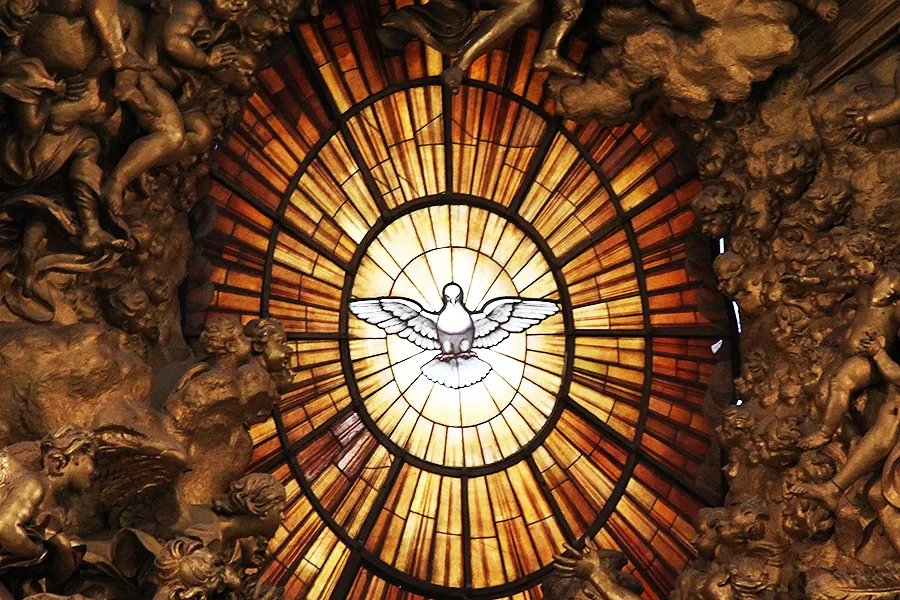- Feb 5, 2002
- 166,616
- 56,253
- Country
- United States
- Faith
- Catholic
- Marital Status
- Married
- Politics
- US-Others
A novena is a traditional form of Catholic prayer lasting nine days. Typically, novenas focus on asking God for a specific intention and many are prayed through a saint’s intercession. Novenas are a beautiful way to grow in prayer and nurture your spiritual life.
Here are eight of the most popular novenas:
Continued below.

 www.catholicnewsagency.com
www.catholicnewsagency.com
Here are eight of the most popular novenas:
Novena to the Holy Spirit
Also known as the Pentecost Novena, this was the first novena ever prayed by Jesus’ disciples and the Blessed Virgin Mary after Jesus ascended into heaven. Catholics pray this novena during the nine days that fall between the feast of the Ascension and the feast of Pentecost. The novena asks for the Holy Spirit’s seven gifts: wisdom, understanding, counsel, fortitude, knowledge, piety, and fear of the Lord.Novena to the Sacred Heart of Jesus
The devotion to the Sacred Heart of Jesus was started by St. Margaret Mary Alacoque after experiencing apparitions of Jesus to spread this devotion. It is also said that St. Pio of Pietrelcina (Padre Pio) prayed the Sacred Heart novena prayer every day. The Sacred Heart Novena is traditionally prayed during the nine days leading up to the solemnity of the Sacred Heart of Jesus, which is always 19 days after Pentecost.Novena of Divine Mercy
The Divine Mercy Novena was given to St. Faustina Kowalska by Jesus. He told the Polish nun that the novena was to start on Good Friday and gave her an intention to pray for on each day. The novena consists of praying a Divine Mercy Chaplet followed by the daily prayer intentions. While this novena can be prayed during any time of the year, it is recommended to begin on Good Friday in preparation for the feast of Divine Mercy, which is celebrated on the first Sunday after Easter.Novena to the Holy Family
Continued below.

8 of the most popular novenas
Novenas are a traditional form of Catholic prayer and are usually prayed for nine straight days — there are exceptions, however.
